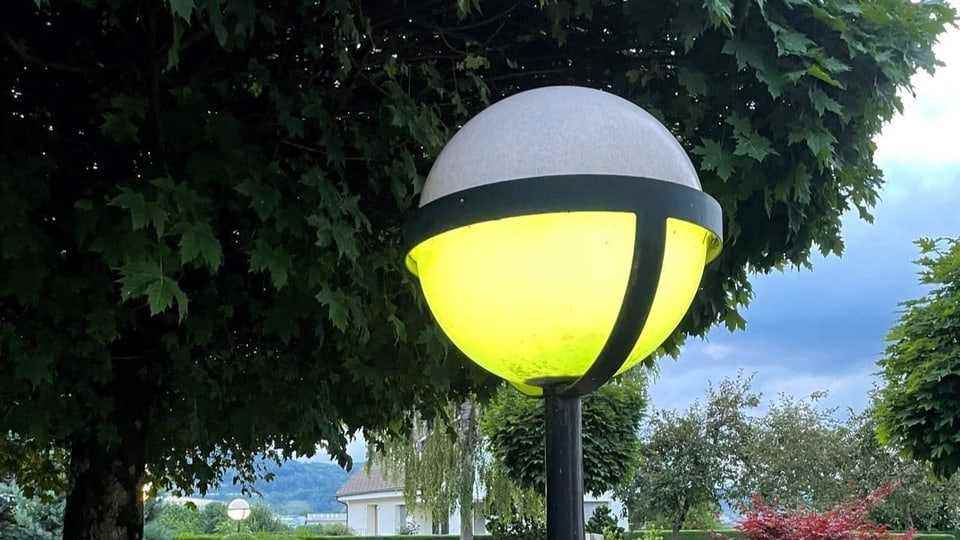contents
Mouse-eared bats benefit from the warm spring. Almost all of the offspring died last year.
It’s bustling in the attic of the church in Veltheim AG just before dusk. Around 900 mouse-eared bats spend the day huddled together here. They hang close together upside down from the screed ceiling. It is one of the largest colonies of mouse-eared bats in Switzerland.
A beautiful sight for the bat officer of the canton of Aargau. And one that reconciles Andreas Beck with the past year. “The last year was a disaster. Almost all the young animals lay dead on the ground. It was a horrible picture,” he recalls. The reason for the completely different development this year is the weather in spring.
Legend:
Around 900 mouse-eared bats currently live in the attic of the church in Veltheim im Aargau.
zvg / Oekovision GmbH, Widen
You have to know that mouse-eared bats only hunt when the weather is dry. If it rains, stay where you are spending the day. The mothers are then weak and cannot feed the young enough. “This spring, on the other hand, they were able to hunt almost every night, so the young are strong and have a good chance of surviving the winter.”
The colony in Veltheim has doubled in size in the last 30 years – despite the lack of offspring in 2021. Something that is very rare in Switzerland. Because the various bat species suffer from light pollution, among other things. The church in Veltheim is also not illuminated in summer because of the mouse ears.

Legend:
In Veltheim, the headlights that illuminate the church are switched off in summer. The lamps that illuminate the paths are darker towards the top. If it’s too bright, the bats won’t fly out.
SRF / Christiane Büchli
The mouse-eared bats gather in attics because the heat accumulates under the roofs. “The young are naked after birth and need warmth. That’s why the mothers join together to form these large colonies, so they save energy,” explains Andreas Beck.
In Veltheim you can even count the bats. They fly out into the night through two narrow windows, one after the other. That’s why Andreas Beck knows pretty well how many people are currently cavorting in the attic of the church.

Legend:
The bat officer for the canton of Aargau, Andreas Beck, looks up at the church tower. In his hand he has a device that makes the ultrasonic sounds of the bats audible.
SRF / Christiane Büchli
With the exception of a few years, the colony has grown in recent years. Andreas Beck is not sure whether more mouse-eared bats will come together in Veltheim in the next few years. Because the animals need enough food. Unlike most other bat species, mouse-eared bats do not hunt while flying. They land on the forest or meadow floor, grab beetles and then eat them in flight.
Sometimes the animals fly up to 20 kilometers in one night. In order for them to be back in time before dawn, there needs to be enough food in this area. And this is probably the limiting factor for the colony in Veltheim. There would definitely be enough space for more animals on the top floor of the church.

